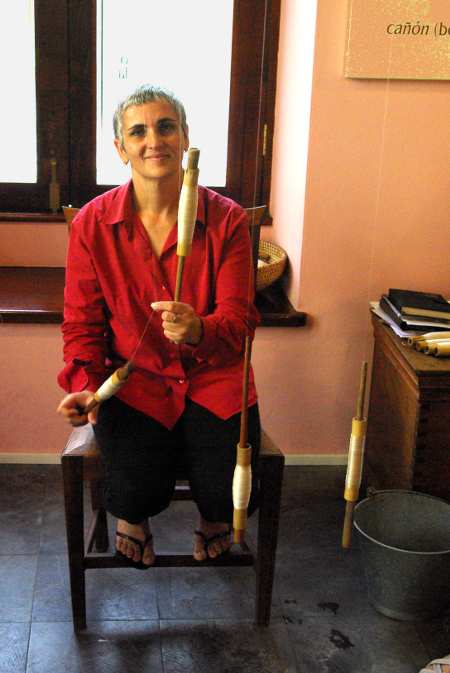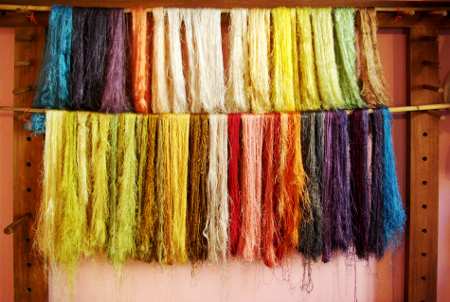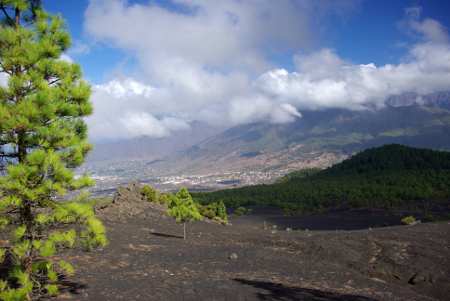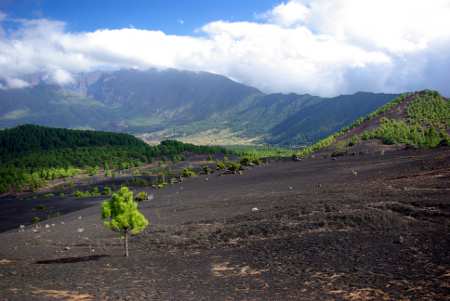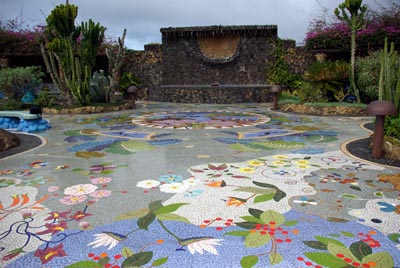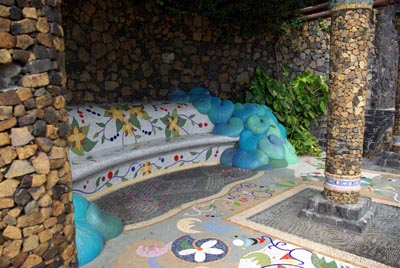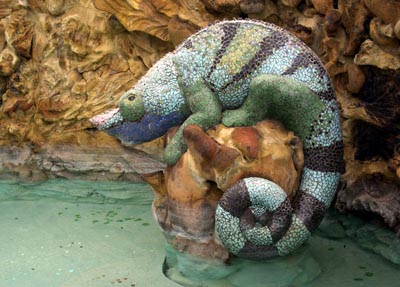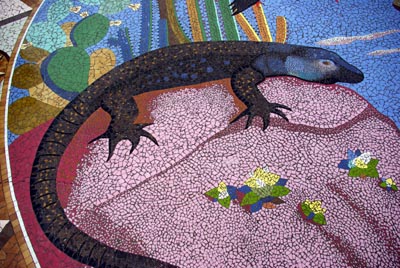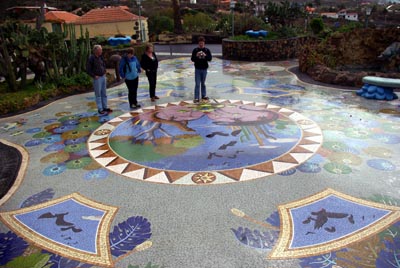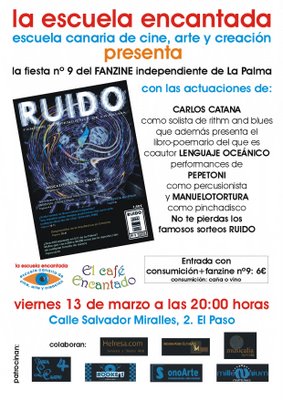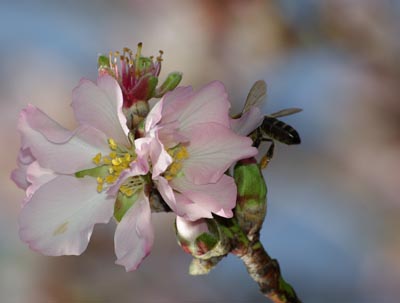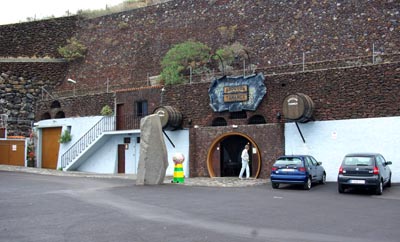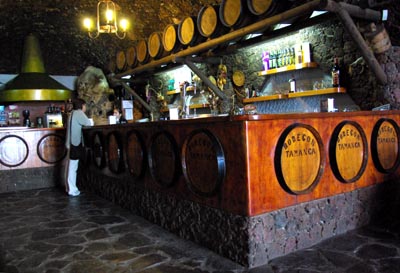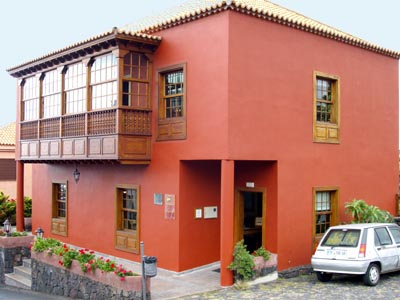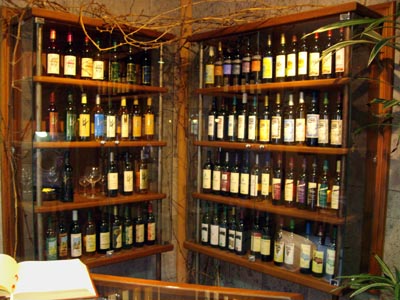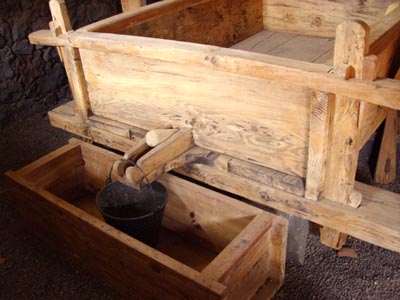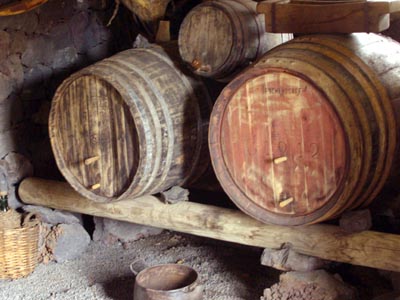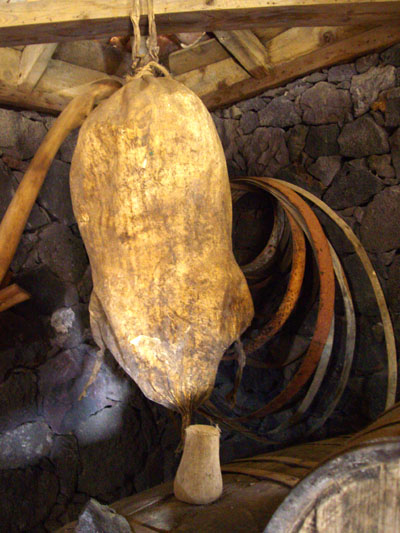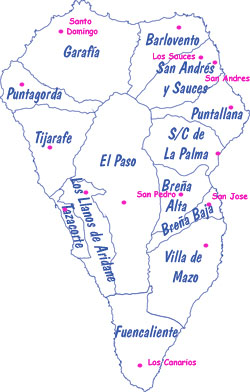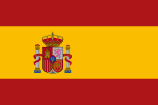Almond Blosson on La Palma
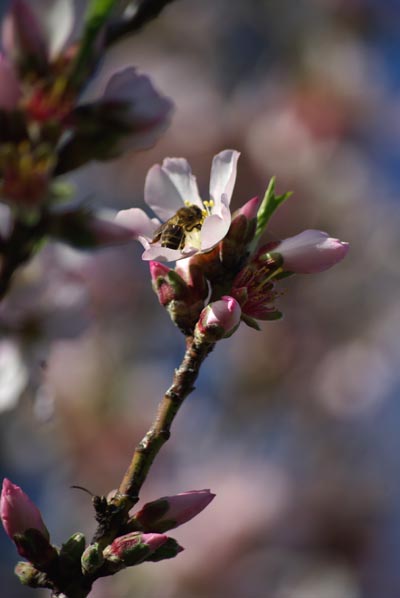 Almond blossom in Garafia
Almond blossom in GarafiaThe north-west of the island is home to great many almond trees, and at this time of the year, they're all blossoming.
The trees in El Paso and Garafía are beautiful, but the best display of all is at Puntagorda. In fact Puntagorda hosts an annual almond blossom fiesta. The date varies -- the Town Hall sets it a couple of weeks in advance, to (hopefully) coincide with the best blossom.
At noon on Sunday, February 1st, there's the traditional pensioners' almond cracking contest. The winner will be the person who produces the most shelled and unbroken almonds.
On Friday 5th there will be football competitions (for men and women)at 4pm, plus a disco in the community hall at 10 pm followed by and music in the street.
On Saturday 6th at 10 pm there will be a concert and dance in the Community Centre, followed by music and dancing in the street.
The main day is Sunday 7th.
Starting at noon, they'll have bouncy castles in the school playground, and a photo exhibition in the cultural centre (about the delightfully silly Battle of Lepanto fiesta in Barlovento), and dances in the cultural centre, the sports centre, and the street,
I expect they'll have the usual street market, and they'll be giving out free wine and almonds. Be warned that the wine may well have been stored in barrels made of tea (pronounced tay-ah) which gives it a resiny taste. Some people love it. I don't.
The programme is up on the web at http://almendros.puntagorda.es/.
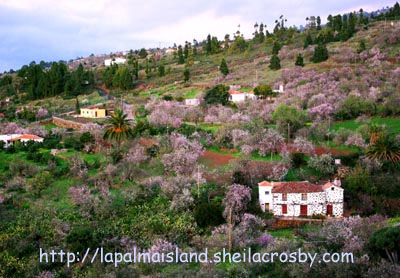 Almond blossom from the Mirador (viewpoint) de Millflores in Puntagorda
Almond blossom from the Mirador (viewpoint) de Millflores in PuntagordaLabels: almond blossom, El Paso, fiesta, Garafía, La Palma, Puntagorda
Bookmark with:
 Del.icio.us Del.icio.us
|
 Digg Digg
|
 Reddit Reddit
|
 Facebook Facebook
|
 Furl It Furl It
|
 Newsvine Newsvine
|
|



